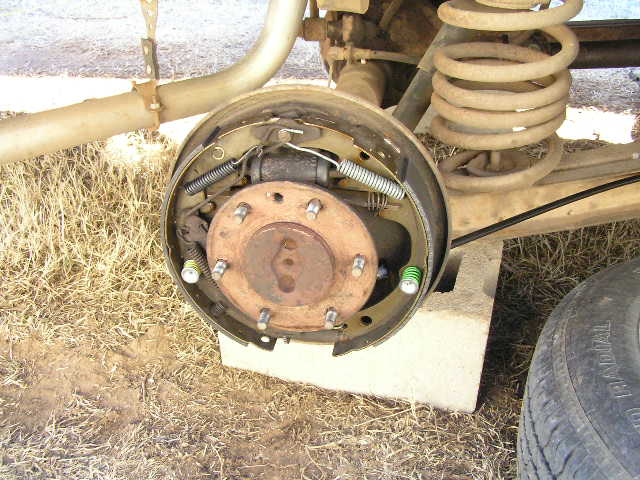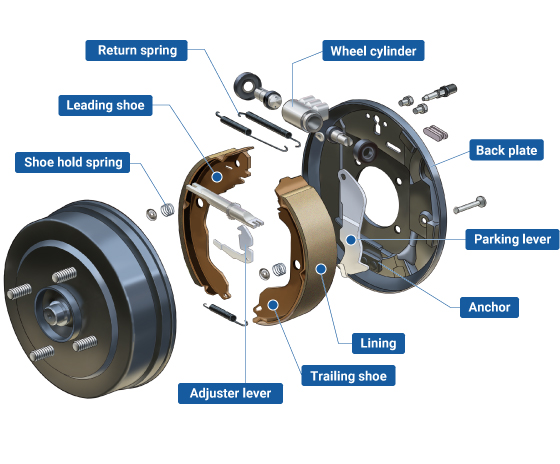This article will discuss the construction of the brake drum to help you better understand how your car’s brakes work.
The brake drum is a significant component of your car’s brake system. It houses the brake shoes and helps provide the necessary containment for all other members in your car’s braking system. The exterior area of the brake drum is where friction occurs between the brake pads (See: how to install car brake pads) and pistons when your foot pushes down on the pedal inside your car, causing your wheels to slow or stop entirely depending on how hard you push down and press against the pedal.
The Brake Drum Body
This is the exterior, circular part of a brake drum. It may be cast as a single piece or made from several parts. This is where the friction between your car’s brake pads and pistons occurs. In this area, some holes allow the brake shoe return springs to push up on each side of the brake shoes, allowing them to rest against each other instead of being pushed into metal pistons inside your braking system – preventing you from having to replace them as often since they never come into contact with anything but air when not in use. The interior surface of the drum has many projections that help keep its shape. If you look closely at older cars’ brake drums, you can find these. All the predictions are of different angles; this makes it hard to measure their exact distance from each other, which is why you need special tools for brake work.
The Internalaining Ring
This ring is an integral part of your car’s brake drum because it provides a surface where the wheel bearing can rest against while also having something to bolt onto the car’s chassis with. The two main types of rings are cast iron and stamped steel. Cast-iron rings are more durable than stamped metal but, on some cars, they rust out at the bottom, causing you to have to replace them entirely if they break during disassembly or when using power tools.
Internal Brake Liner
This is the part of your brake drum that wears out faster than any other component in your car’s braking system. This is because it contacts the brake shoes directly and all those parts that come into contacts with them, such as the internal lining ring and brake drum body. It should be replaced about every 20,000-32,000 km depending on how often you use your brakes and how hard you press them against the pedal inside your car. If it wears down too much, then steel pistons will grind through metal shoe surfaces – causing squeaking when going over bumps during braking. Also, wear through can cause brake fluid to leak out of the pistons and onto the drum’s surface, causing you to lose braking power.
What Can You Do?
Suppose you want to replace or repair your brake drums. In that case, you should consult a professional automotive guide and follow all the manufacturer’s specified procedures for disassembling your car’s brake system. This way, you can avoid damaging your vehicle and causing additional costs by having to take it in for services that could have been done yourself if only you had known how.



